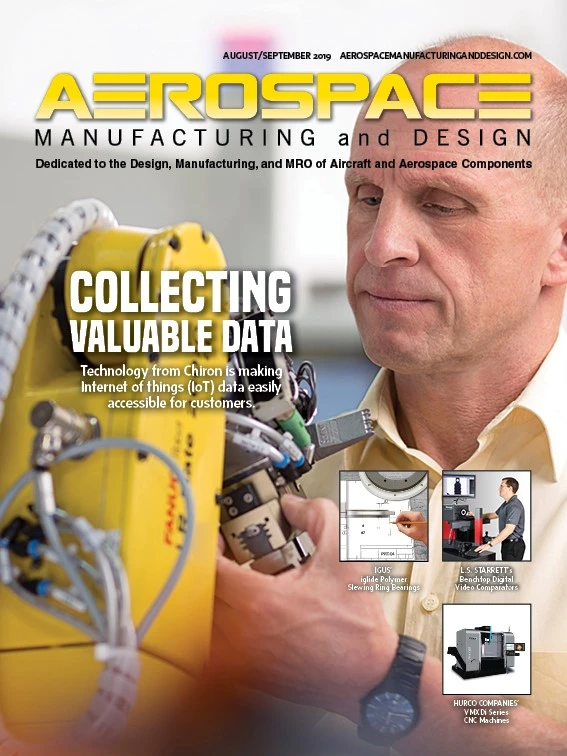
Vahana – Airbus Urban Mobility’s electric tilt-wing aircraft demonstrator – confirmed its ability to transition from vertical take-off to full forward flight.
Vahana performed a similar feat in previous test flights, but during the flight on May 3, 2019, the wing and canard rotated to the full cruise configuration before the aircraft accelerated to 90kts (approximately 168km/h) before completing its transition and decelerating for descent, all in about eight minutes.
“Vahana’s successful full transition flight marks a major engineering milestone,” says Zach Lovering, vice president of UAM Systems, Airbus. “It represents everything we set out to achieve when we began our flight test campaign: to confirm the technical viability of the vehicle we first sketched out on a napkin years ago.”
The full transition flight marks Vahana’s 66th flight since flight testing began in 2018. Vahana has since completed more than a dozen additional flights to measure in-flight noise levels and its high-speed capacity in cruise mode.
Airbus aims to harness the lessons learned from Vahana to develop a future market-ready vehicle.
ANSI to host unmanned aircraft systems standardization meeting
The American National Standards Institute (ANSI), the official U.S. representative to the International Organization for Standardization (ISO), is hosting its Unmanned Aircraft Systems Standardization Collaborative (UASSC) meeting Sept. 12, 2019, in Washington, D.C. The meeting is the kickoff to update the December 2018 Standardization Roadmap for Unmanned Aircraft Systems.
UASSC’s mission is to coordinate and accelerate development of standards and conformance programs to safely integrate UAS into the national airspace, emphasizing civil, commercial, and public safety applications. Goals for the updated roadmap include expanding the content to include spectrum, urban air mobility, and recreational operations, bringing in new subject matter experts. Target date for publication of the update is June 30, 2020.
There is no fee to participate in the meeting but advance registration by Sept. 3, 2019, is required. The draft agenda is posted on the UASSC website.
Global civil UAS production to nearly triple
Aerospace and defense market analysts at Teal Group predict civil unmanned aerial systems (UAS) will be the most dynamic growth sector of the world aerospace industry this decade as commercial applications take off and civil governments adopt systems for new roles.
“Venture capital investment in the sector has soared and technology giants increasingly envisage drones as part of their future,” says Philip Finnegan, Teal Group's director of corporate analysis. “Regulators are loosening airspace rules. Governments are turning to UAS to monitor borders and provide public safety.”
Teal Group’s “2019 World Civil UAS Market Profile and Forecast” projects that non-military UAS production will total $88.3 billion through the next decade, soaring from $4.9 billion in 2019 to $14.3 billion in 2028, a 12.6% compound annual growth rate (CAGR) in constant dollars.
Commercial use is expected to surpass the consumer UAS market in 2023, becoming the largest segment, growing more than 8x to reach $9.5 billion in 2028.
Venture capitalists and Intel, Qualcomm, Microsoft, Apple, and other companies poured $455 million into UAS startup investments in 2018. U.S. startups received 67% of the total, Chinese firms 15%, and European firms 9%.
Industrial inspection will lead the commercial market during the next decade, with construction as the largest segment.

Explore the August September 2019 Issue
Check out more from this issue and find your next story to read.
Latest from Aerospace Manufacturing and Design
- America Makes announces QTIME project call
- Innovation meets precision for 40% faster machining
- Upcoming webinar: Pro tips from a supply chain strategist
- Heart Aerospace relocates to Los Angeles
- Fixtureworks introduces Stablelock Clamps
- Piasecki acquires Kaman's KARGO UAV program
- PI Americas’ long-travel XY piezo nanopositioners-scanners
- AAMI project call submission deadline extended to May 12







